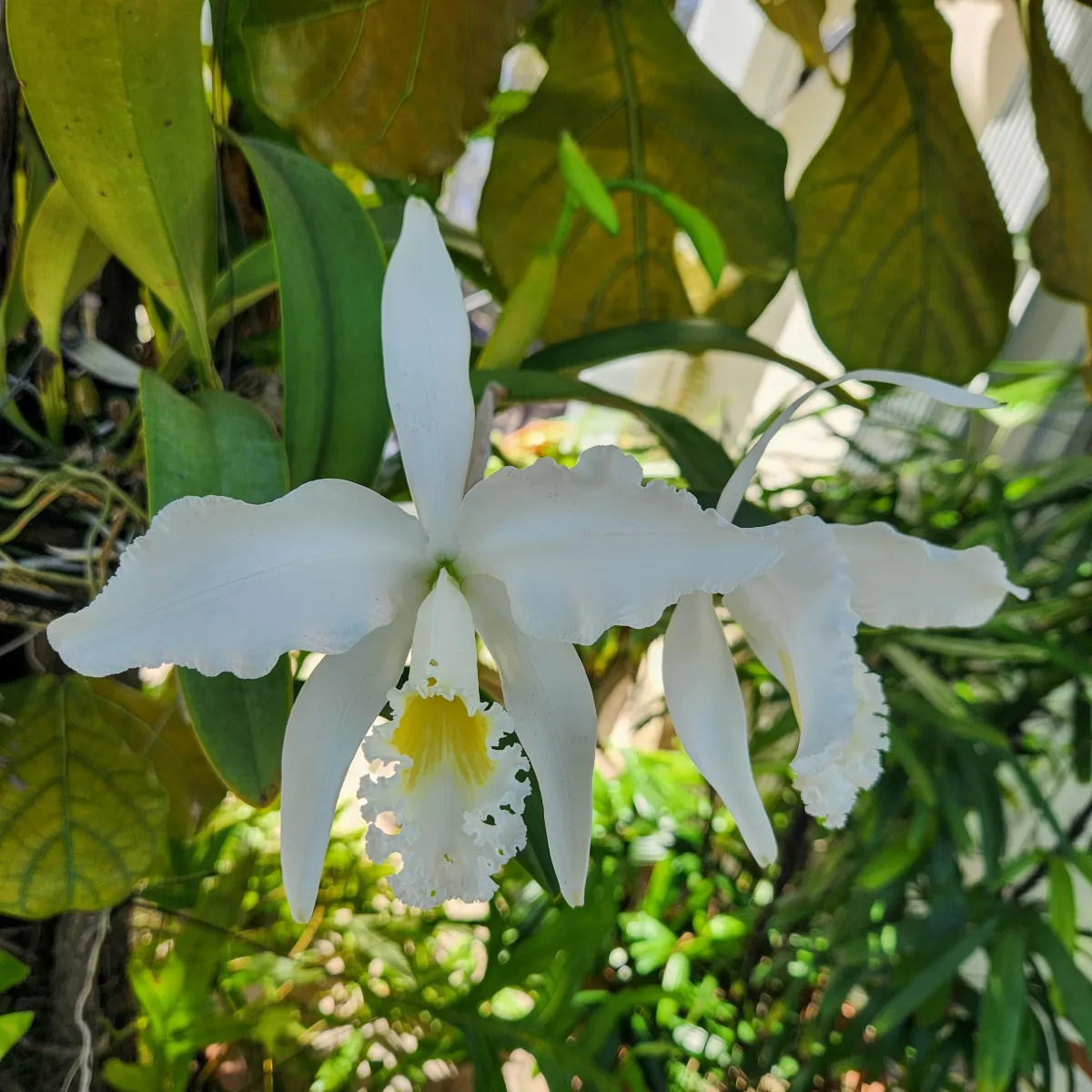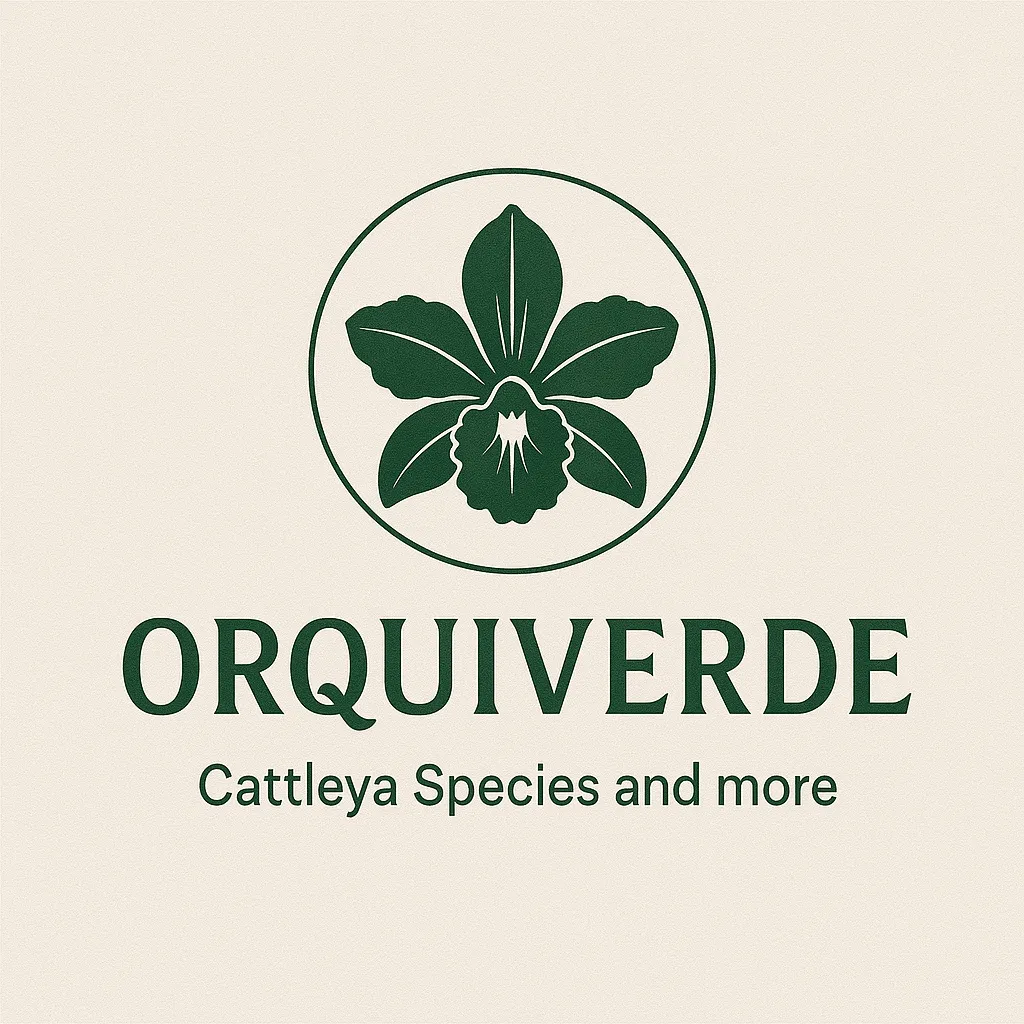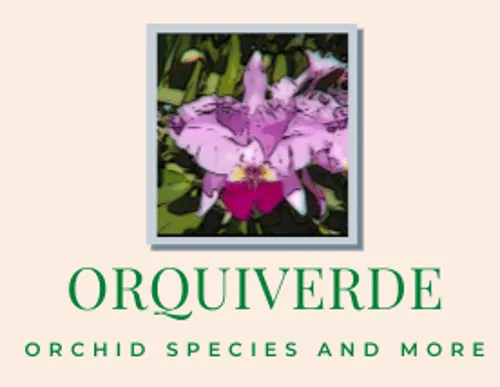
Why Orchid Awards Matter: RHS, Historic Cattleya Clones, and the Value of Provenance
Introduction
Orchid lovers often ask: What makes a plant truly historic? In the world of Cattleya species, one powerful answer is provenance—a plant’s documented history, including awards from respected institutions. These awards don’t just celebrate beauty; they also preserve knowledge about old, named clones that have influenced taste, breeding, and conservation for more than a century.
Who gives the awards?
Royal Horticultural Society (RHS) — United Kingdom
The RHS is one of the world’s oldest horticultural authorities. When a plant earns an RHS award (like AM/RHS, FCC/RHS), it enters the historical record. For orchids, RHS documentation often includes:
The clone (cultivar) name of the plant—e.g., Cattleya lueddemanniana ‘Stanleyi’.
The award level (e.g., FCC = First Class Certificate; AM = Award of Merit).
The date and sometimes the exhibitor.
An award painting in many historic cases, especially by the famed watercolorist Nelly Roberts.
Other institutions you’ll hear about
American Orchid Society (AOS) — awards like HCC/AOS, AM/AOS, FCC/AOS.
National & regional societies worldwide — local contexts with long records (useful for tracing clone popularity and distribution).
(This article focuses on RHS because of its rich historical archive for species clones.)
The Lindley Library & Nelly Roberts: Where clones become history
A unique treasure of the RHS is its Lindley Library collection of Orchid Award Paintings. These watercolors documented awarded plants—often the exact clone—with the award and date. For collectors, this is gold: it ties a living plant or a division to a named, dated, and visually documented moment in history.
Examples from the historic record (species only):
Cattleya lueddemanniana ‘Stanleyi’ — FCC/RHS, 24 Sep 1901
Cattleya mossiae ‘Queen Mary’ — AM/RHS, 4 Jul 1911
Cattleya mossiae ‘Jeremiah Colman’ — AM/RHS, 29 May 1906
Cattleya warscewiczii ‘Saturata’ — FCC/RHS, 31 Jul 1906
Cattleya warscewiczii ‘Low’s’ — FCC/RHS, 19 Jul 1910
Cattleya trianaei ‘The Baron’ — FCC/RHS, 18 Feb 1913
Cattleya gaskelliana ‘Formosa’ — AM/RHS, 27 Jun 1899
Cattleya percivaliana ‘Charlesworth’s’ — FCC/RHS, 12 Jan 1909
Cattleya labiata (alba) ‘Purity’ — FCC/RHS, 29 Oct 1907
Cattleya warneri (alba) ‘Alba’ — FCC/RHS, 25 Jun 1903
These entries are more than “nice names”—they’re anchors for our understanding of form, color, flower size, and the standards of their time.
Awards 101: What do AM, FCC, and HCC mean?
FCC (First Class Certificate): Highest honor for exceptional quality—very rare.
AM (Award of Merit): Outstanding quality; a major recognition.
HCC (Highly Commended Certificate): High quality, approaching award standards.
While scoring standards evolved, the spirit remains: objective judging by experienced committees against defined criteria (form, color, floriferousness, condition, presentation). For historic species clones, these letters signal that a plant’s quality was recognized at the time, under show conditions.
Why this matters to collectors (and to history)
Provenance & confidence: An award with a date and clone name lets you trace lineage—vital for valuing divisions and understanding what you’re buying.
Consistency of traits: Historic clones were prized for form, color, or floriferousness. Knowing the clone helps set expectations.
Cultural standards over time: Comparing a 1906 FCC with a modern award shows how taste and standards evolved.
Conservation & scholarship: Historic documentation supports species studies, from morphology to modern conservation strategies and even tissue culture priorities.
Storytelling: Every named clone carries a story—exhibitors, gardens, patrons—adding emotional value and educational depth to any collection.
How to read a clone name correctly
Species name in italics + clone (cultivar) epithet in single quotes.
Example: Cattleya mossiae ‘Queen Mary’Award code and organization after the name.
Example: Cattleya warscewiczii ‘Saturata’ FCC/RHS (1906)
How to verify a historic clone
Search the RHS Lindley Library (Orchid Award Paintings): look up the species name and scan for the clone epithet; records often include award/date.
Check RHS periodicals: The Orchid Review reports awards and exhibitions; indices can point to the right volume and page.
Corroborate with society bulletins/catalogs: old nursery catalogues, society journals, and show reports often repeat the same award info.
Mind the hybrids vs. species: the International Orchid Register is primarily for hybrids (grexes); species clones live mainly in award records and The Orchid Review.
A note on ethics & conservation
Historic awards celebrate excellence, but today’s collectors also consider:
Legal and ethical sourcing (CITES, phytosanitary rules).
Conservation value of maintaining genetically diverse and documented lines.
Transparency in naming: if a plant is a division of a known clone, say so; if it’s an unconfirmed look-alike, avoid implying provenance you can’t prove.
For Orquiverde readers and customers
At Orquiverde, we’re passionate about species—especially Venezuelan and Colombian Cattleyas. Historic clones matter because they help us preserve form, fragrance, and character that have inspired growers for more than a century. When we offer divisions from our collection, although some of the plants in our collection have an RHS registration, most have their own value and story to tell: their origin, how they were obtained, how they were propagated, and the satisfaction of owning them. Share as much background as possible so you can enjoy not just a flower, but a living history.

Cattleya mossiae alba 'Queen Mary' FCC/RHS

Cattleya lueddemanniana semi alba 'Stanleyi'

